Plumber’s Guide to a Toilet That Won’t Flush
Enjoy reading the latest DIY articles and saving money?
Receive our latest helpful hints, tricks and savings, directly to your inbox.
Posted September 13, 2024
Fun fact – your toilet has a lifespan of up to 20 years! But, over the years, it may start to leak and clog, and it may need occasional repairs because its parts wear out over time. The toilet can also sustain damage due to scratches, chips, cracks, and leaks in the toilet bowl – especially if poorly maintained.
If your toilet won’t flush, don’t panic. There are a few things you can try to fix the problem yourself. However, if you can’t fix the problem yourself or don’t know what to do, call a plumber.
In this guide, we’ll discuss the most common causes of toilet flushing problems. We’ll help you learn how to fix a clogged toilet and how to know when it is time to call a plumber. Read on for more insights:
Common Causes of Toilet Flushing Problems and How to Fix Them
A toilet that is not flushing can be messy and inconvenient. It can flood your bathroom and cause damage to your property, requiring more expensive repairs and causing illnesses. Discussed below are the common causes for this plumbing problem and tips that can help fix them:
Clogs
Personal care items like toilet paper, feminine hygiene products, and diapers can clog the toilet. The same applies to wipes and toys. If you have a clogged toilet, you can clear the clog with a plunger or a toilet auger.
Place the plunger over the hole in the toilet bowl while keeping it submerged in water. Push and pull the plunger for several seconds, and then remove it and see if the clog goes away. If toilet water rises too high when flushed, repeat the previous steps.
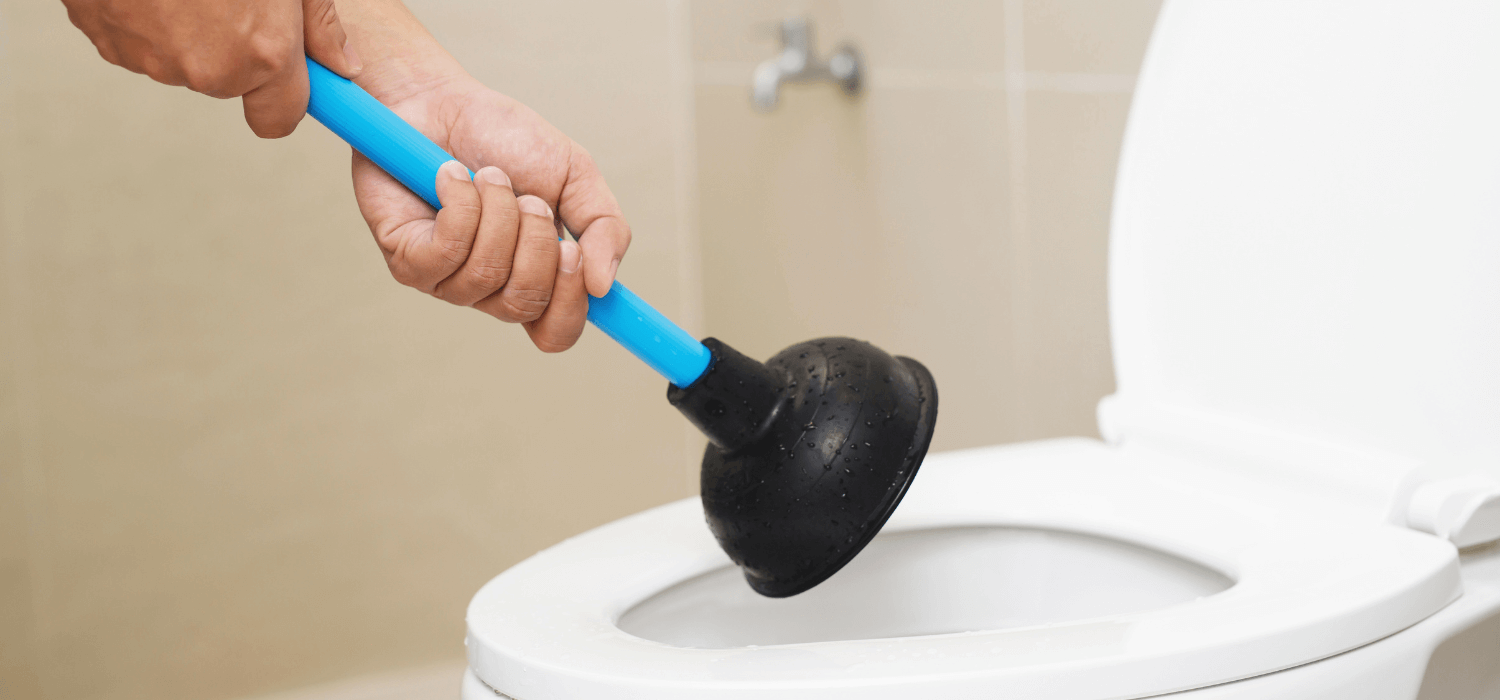
While using a toilet auger, insert its end into the hole in the toilet bowl. Crank its handle to feed the cable into the pipe, and once the cable reaches the clog, twist the handle to break up the clog. You should then pull the cable back out of the pipe and flush the toilet to see if the clog is still there.
Leaks
Some common sources of toilet leaks include the flapper valve, fill valve, wax ring, and toilet bowl bolts. The flapper valve is a rubber flap covering the hole at the bottom of the tank. If the flapper valve isn’t sealing properly, water can leak into the bowl and prevent the toilet from flushing properly.
The fill valve controls the flow of water into the tank. If it isn’t working correctly, the tank can overflow or leak water into the bowl, making flushing the toilet difficult.
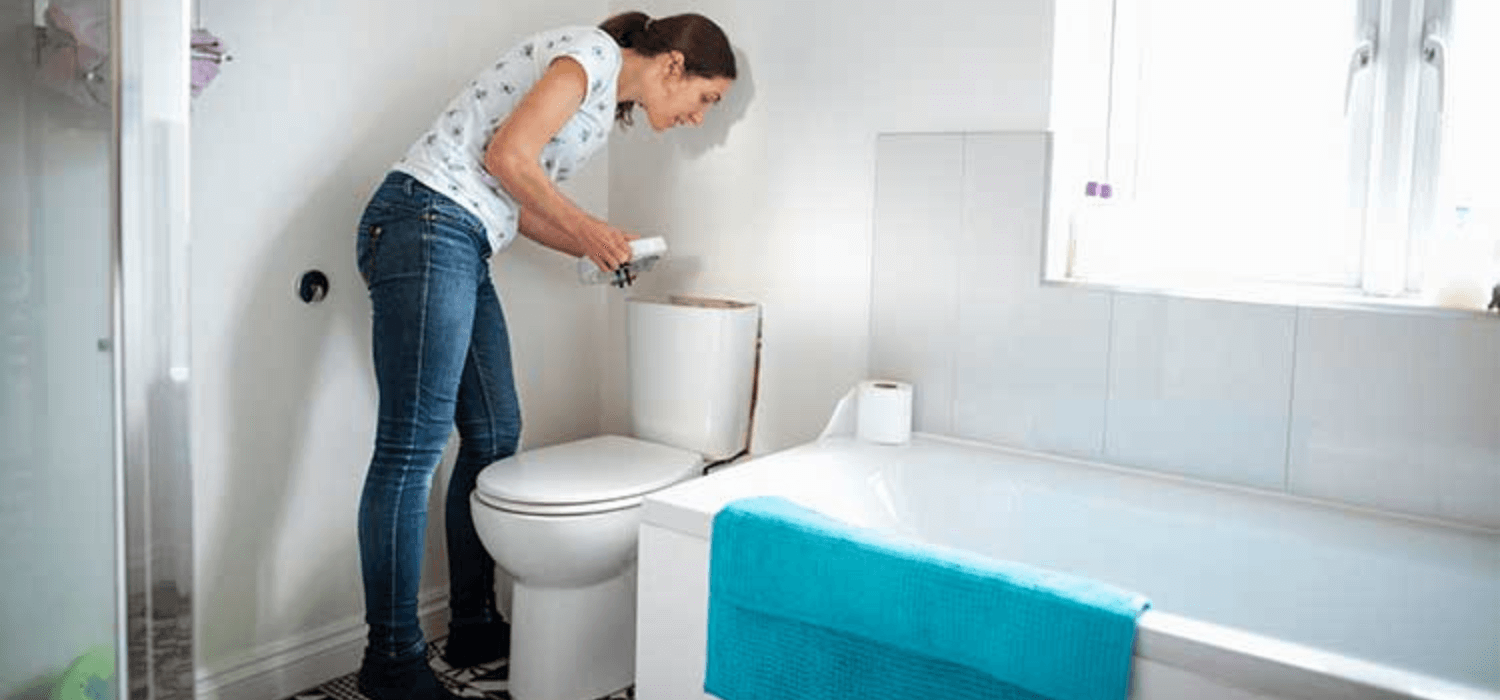
A wax ring is a rubber seal that seals the toilet bowl to the flange. If the wax ring sustains damage or wears out, it can leak water, causing a clogged toilet to not flush properly.
Toilet bowl bolts hold the toilet bowl to the flange. If they are loose or damaged, they can leak water and affect the toilet’s flushing function.
If you notice your toilet leaks, identify the leak source and fix it as soon as possible. Check the tank for any leaks. The leak may come from the flapper or fill valve if you see water dripping from the tank.
You can also check the bowl for any leaks. If you see water dripping from the bowl, the leak is likely coming from the wax ring or toilet bowl bolts. But if you see water on the floor, the leak is likely coming from the base of the toilet.
Wear and Tear
Though toilets typically have a longer lifespan, the parts inside can start to wear out sooner than that. But the wear and tear depends on how often you use and maintain the toilet. Some of the most common toilet parts that wear out over time include the flapper valve, fill valve, and flush handle.
The flapper valve is a rubber flap covering the hole at the bottom of the tank. With time, the flapper valve can wear out and crack, causing it to leak. Leaks in this valve can make it difficult for the toilet to flush properly.
The flush handle is the lever that you pull to flush the toilet. Over time, it can become loose or broken, limiting its ability to activate the flush mechanism. If this plumbing problem persists, the toilet flushing function won’t work as expected.
If you suspect the toilet isn’t flushing properly due to wear and tear, try replacing the worn-out parts yourself. However, it is best to have a plumber do it for you if you can’t do it yourself. Plumbers have the tools and experience to replace toilet parts quickly and efficiently.
Damage
Some of the common types of damage that can cause toilets to not flush include a cracked or broken toilet bowl and a damaged flapper valve. Other types include a damaged fill valve and a damaged flush handle. Each of them may affect the toilet’s flushing function differently.
In particular, a cracked or broken toilet bowl can cause water to leak out of the bowl. A damaged flapper valve may also have the same effect. If you don’t get this problem fixed, it may prevent the toilet from flushing properly.
The fill valve may sustain damage, limiting water flow into the tank and making it difficult for the toilet to flush properly. Damage to the lever that you pull to flush the toilet may affect the flush mechanism, which can prevent the toilet from flushing. If you suspect any signs of damage in your toilet, have it inspected and repaired by a professional plumber.
Disconnected Toilet Parts
The toilet flushing mechanism is a complex system of parts that work together to release water from the tank into the bowl. If any of these parts detach from each other, it can prevent the toilet from flushing properly.
Some of the most common toilet parts that can disconnect include the flush handle, lift chain or wire, flapper valve, and flush valve. If the flush handle disconnects, it’ll be difficult to flush the toilet.
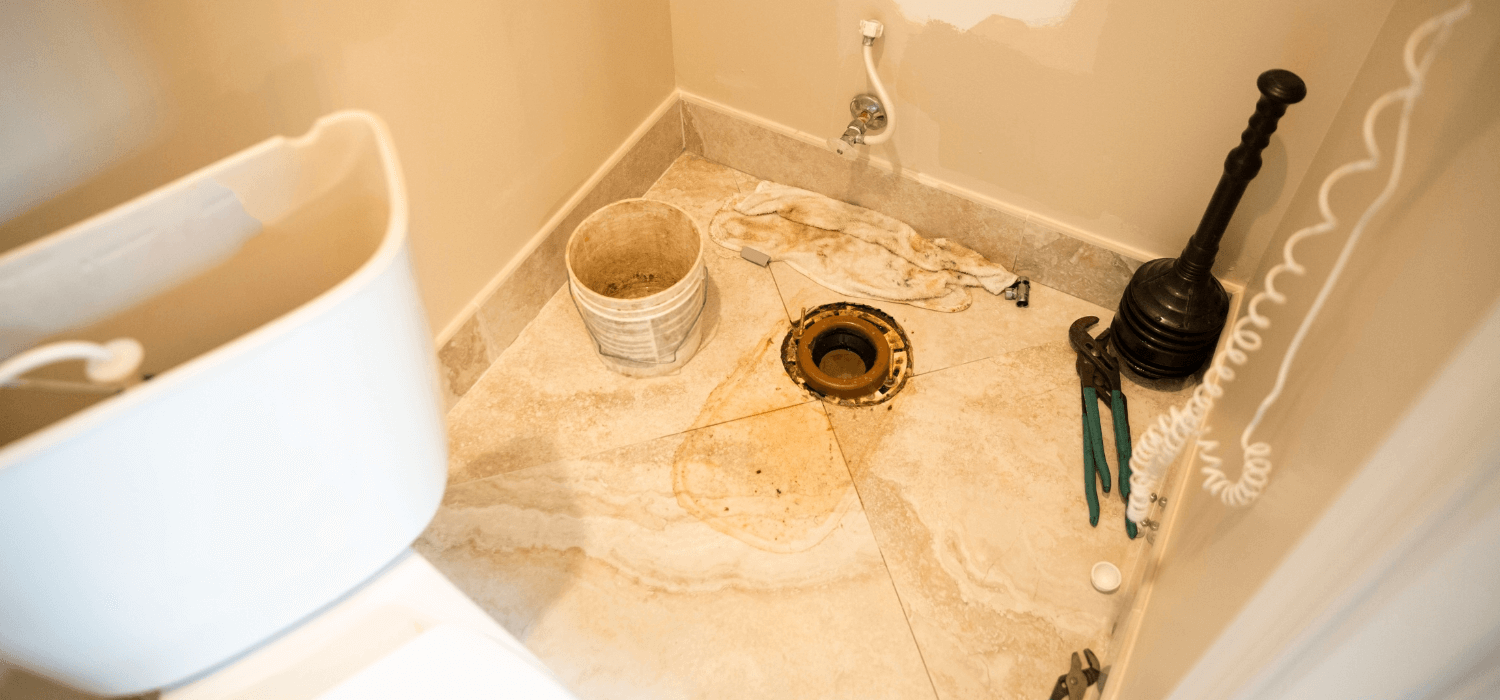
Also, if the lift chain or wire detaches from the toilet, the flapper valve won’t open, preventing water from flowing from the toilet tank into the bowl. A disconnected flapper valve won’t seal the outlet of the tank, causing water to leak continuously into the bowl.
If you have trouble flushing your toilet, check all the toilet parts to ensure they are in the right place. Try to reconnect them or call a plumber for help if you spot any inconsistencies or defects. To prevent this problem, don’t flush the toilet too hard, tighten loose screws or nuts, and replace damaged parts.
Low Water Level
Possible causes of low water levels in a toilet tank include incorrect water level adjustment, worn-out, damaged fill valve, and clogged inlet holes. A leaky flapper valve and a partially clogged toilet can cause this problem. To fix or prevent low water levels in a toilet tank, first, ensure that there’s sufficient water in the tank before flushing.
Most toilet tanks have an inside mark indicating the proper water level. If the water level is below the mark, you can adjust the float valve to raise the water level. The float valve helps control the water level in the tank.
You can also inspect the fill valve for signs of damage. If you spot any, you’ll need to replace it. Since the fill valve helps fill the tank with water after it flushes, it can impair the toilet’s flushing function if it sustains damage.
To fix this problem, clean the inlet holes with a wire brush or a toothpick. Inlet holes are the holes in the bottom of the tank that allow water to flow into the bowl. If clogged, they can restrict the water flow into the bowl and cause the water level to be low.
Replacing the flapper valve if it’s leaking can also help. Leaks in the flapper valve allow water to flow freely from the toilet tank into the bowl, lowering the water level.
Drain Line Problem
A drain line problem is any blockage or obstruction in the pipe that carries wastewater away from your home or business. Drain line problems can stem from grease, oil, hair, food particles, foreign objects, tree roots, and collapsed pipes. Either way, these items can build up on the inside of the pipes over time and cause a blockage.
Drain line problems can make it difficult for the toilet to flush properly. If your toilet has a blocked drain line, the water from the tank won’t flow into the bowl properly, causing the toilet to flush slowly or not at all.
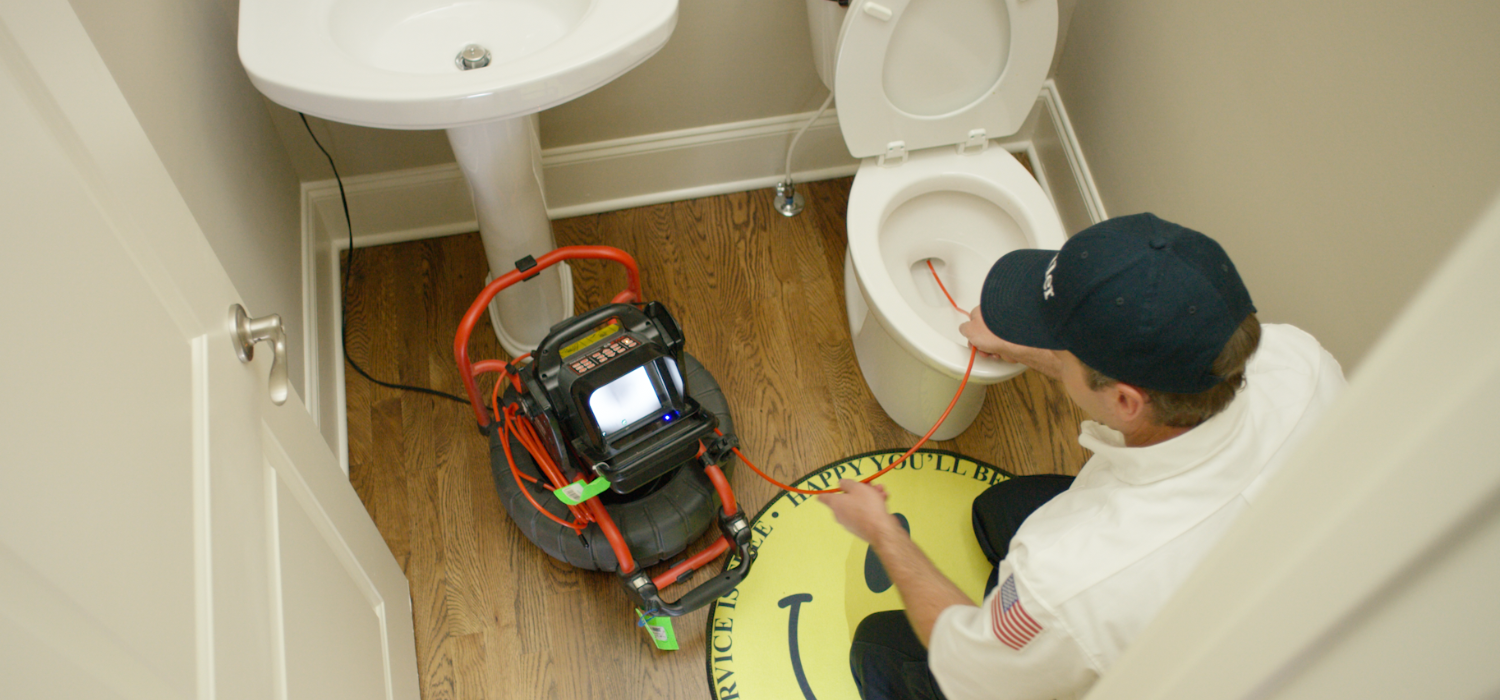
To fix a drain line problem, you can use a plunger to clear minor blockages. You may insert a drain snake into the pipe or use a chemical cleaner to clear drain blockages. Use chemical drain cleaners cautiously, as they can harm your pipes and health.
You may use a strainer to catch food particles before they go down the drain. Flushing the toilet regularly can prevent sediment from building up in the pipes. Ignoring a drain line problem can lead to more serious issues, such as water backups, mold growth, and structural damage to your property.
Poor Toilet Drain Pipe Design
The ideal slope for a toilet drain pipe is 1/4 inch per foot. As such, the pipe should drop 1/4 inch for every foot of horizontal distance it travels. If the pipe is too flat, water won’t flow quickly enough and can pool in the pipe.
Poor toilet drain pipe design can cause slow flushes, clogs, and overflows. If the pipe is too steep, water can flow too quickly and erode the pipe over time, causing your toilet’s flushing mechanism to fail.
If you suspect your toilet drain pipe has a poor design, consult a plumber. A plumber can inspect the pipe and recommend repairs or modifications to improve the water flow. They can use various tools to smooth out any rough edges or obstructions in the pipe or replace the severely damaged or poorly designed pipe.
When to Call a Plumber If Your Toilet Won’t Flush
After trying all of the common troubleshooting steps, such as plunging and using a toilet auger, and the toilet is still not flushing, call a plumber. You should also do this if the toilet leaks or water comes from the toilet’s base. Strange noises, such as gurgling or whistling in the toilet, also indicate that you need professional help.
A clogged toilet can suggest a more severe problem. For example, a clog could stem from a tree root growing into the sewer line or a collapsed pipe. If you don’t get the clog fixed, it could lead to water backups, sewage overflows, and other damage to your home.
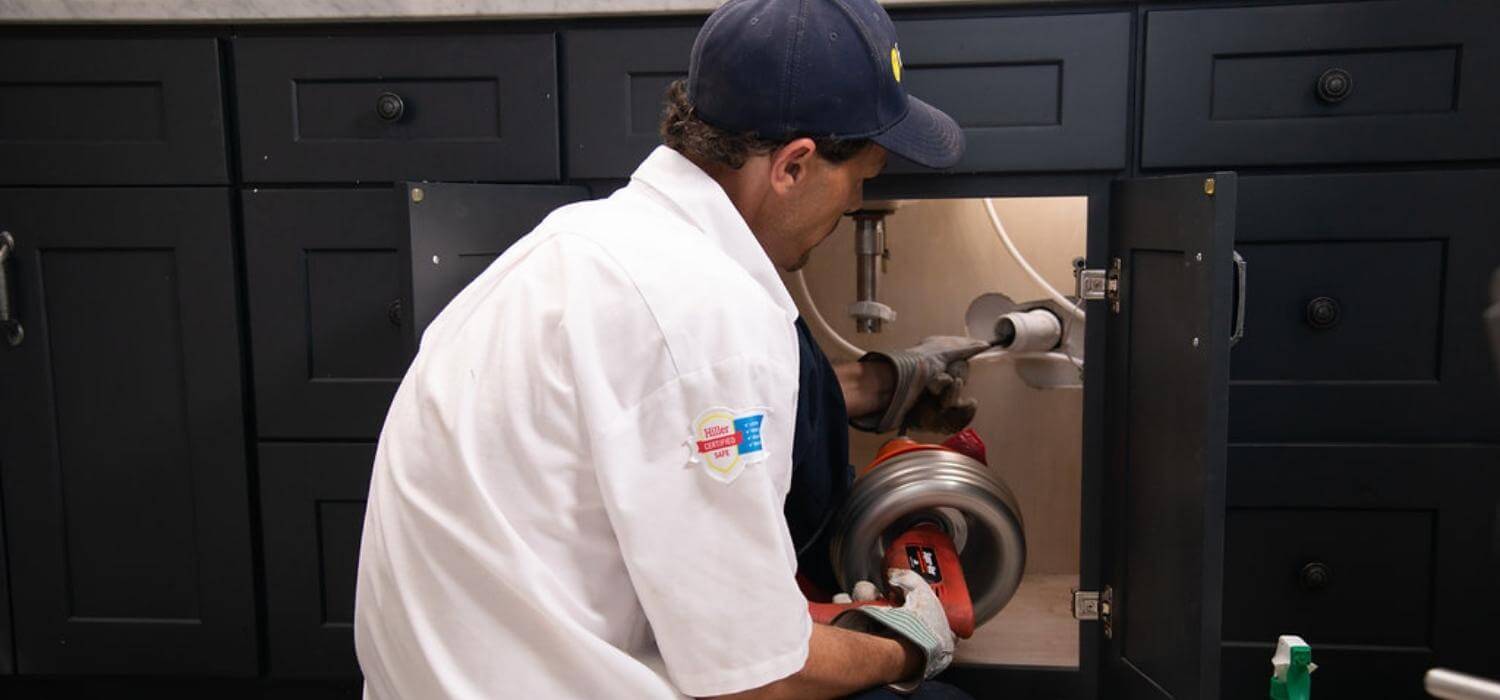
If you do it yourself, a clogged toilet fix may be dangerous. If you use too much force when plunging, you could damage the toilet or even cause it to explode. Chemical drain cleaners could also put you at risk of injury or damage to your pipes.
When you call a plumber, they’ll first try to diagnose the cause of the clog. Once they identify the cause, they’ll use the appropriate tools and techniques to clear the clog. If there is an underlying problem, such as a tree root growing deep into the sewer line, the plumber will repair the problem to prevent future clogs.
Need Plumbing, HVAC, and Electrical Services?
If your toilet won’t flush fully, try to identify the cause of the problem. Plunging the toilet, adjusting the water level in the tank, or replacing the flapper valve may help fix the problem. But if these solutions don’t work or you’re unsure what to do, enlist professional help.
If you are experiencing plumbing issues, we can help you here at Hiller. We have locations throughout Tennessee as well as a few in Alabama, Kentucky, Georgia, and Florida.
Need help? Give us a call today!
 Daily Promotion
Daily Promotion
$500 Off Tankless Water Heater
Upgrade your comfort and give back this season.
Get Promotion